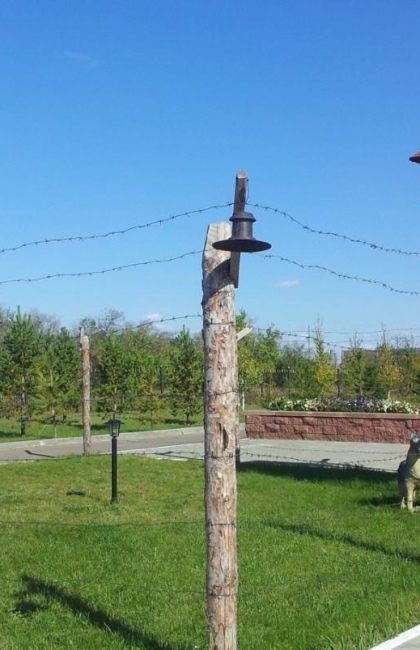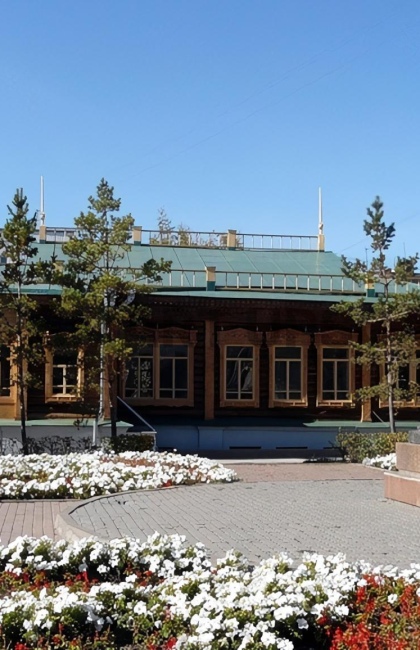Kabanbai Batyr Mausoleum
Who was Kabanbai Batyr?
Kabanbai Batyr, renowned as a fearless warrior and military commander, was born in 1692 within what is now the Abay Region in the east of Kazakhstan. Even as a teenager, his exceptional physical strength set him apart from his peers. His first remarkable feat occurred when he defended people from wild boar attacks using a spear.
During that era, the lands of Kazakhstan were frequently attacked by the Dzungars, a Mongol tribe. Kabanbai's early life was marked by the tragic loss of his father and brother in a Dzungar assault. This tragedy ignited his dedication to defending his people.
Kabanbai Batyr would go on to participate in more than a hundred battles, often assuming a leadership role in significant engagements. Notably, every battle he led ended in victory, earning him the respect and admiration of ordinary citizens, statesmen, and military leaders. Eventually, the Kazakh Khan Abylai appointed him as the chief commander of their forces.
Final resting place
In 1770, at the age of 78, the hero passed away. His family erected a mazar, a traditional tomb or grave, at his final resting place. Unfortunately, during the mid-twentieth-century development of the virgin lands, the tomb was dismantled and left to decay for over half a century. In 2000, a mausoleum was constructed at Kabanbai Batyr's burial site to honor his legacy.
The mausoleum, built from red brick, takes the shape of a military helmet adorned with a metallic crescent. Standing at a height of 25 meters (82 ft), it combines elements of traditional steppe architecture with Iranian influences. The walls are adorned with depictions of the names of Allah and paintings of mosques. Kabanbai Batyr's tomb is crafted from granite. At the base of the tomb, an inscription in the Kazakh language reads, "Kazakh halkynyn uly kolbasshysy," translating to "Great commander of the Kazakh people."
How to get there?
The Kabanbai Batyr Mausoleum is situated approximately 20 kilometers (12 mi) south of Astana, near the village named in his honor. You can easily access it by car, taxi, or via suburban buses #308 and 309, both of which depart from the "Asia Park Shopping Mall" stop. If you're traveling by car, follow the highway leading to the town of Kosshi (P-3). After a few kilometers past Kosshi, you'll spot the mausoleum on your left-hand side.

 (1)_420x650_4ab.jpg)

_420x650_4ab.jpg)
_420x650_4ab.jpg)
